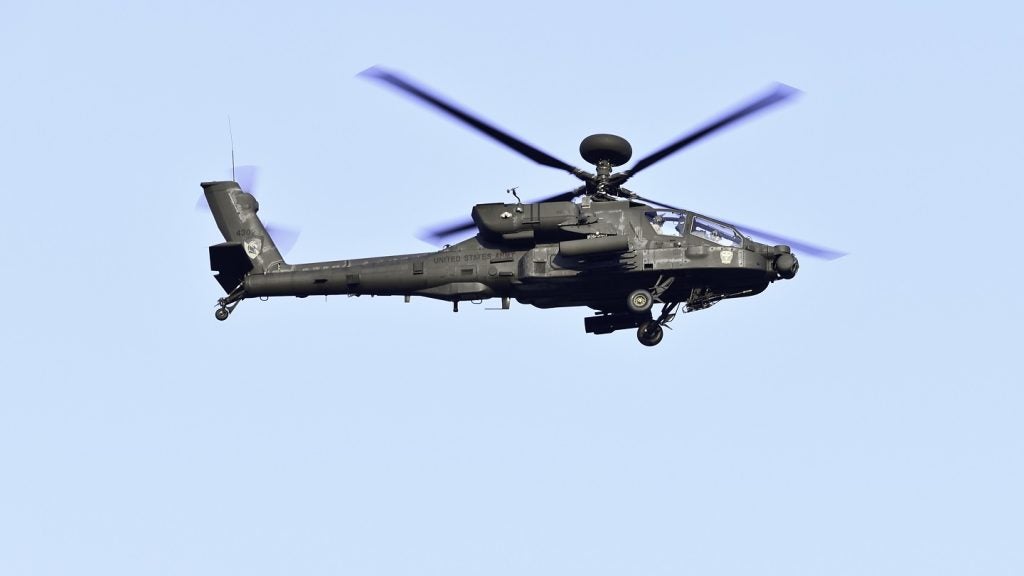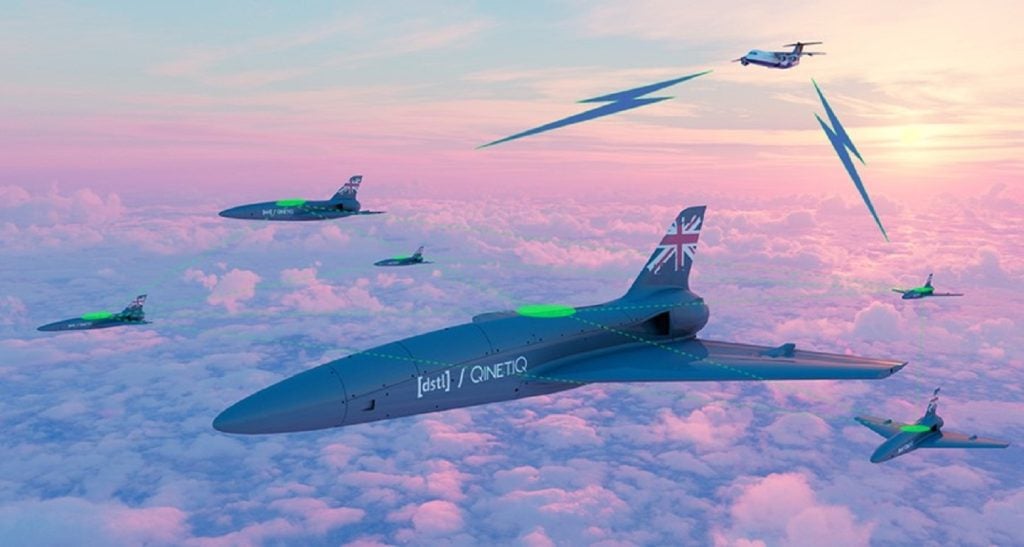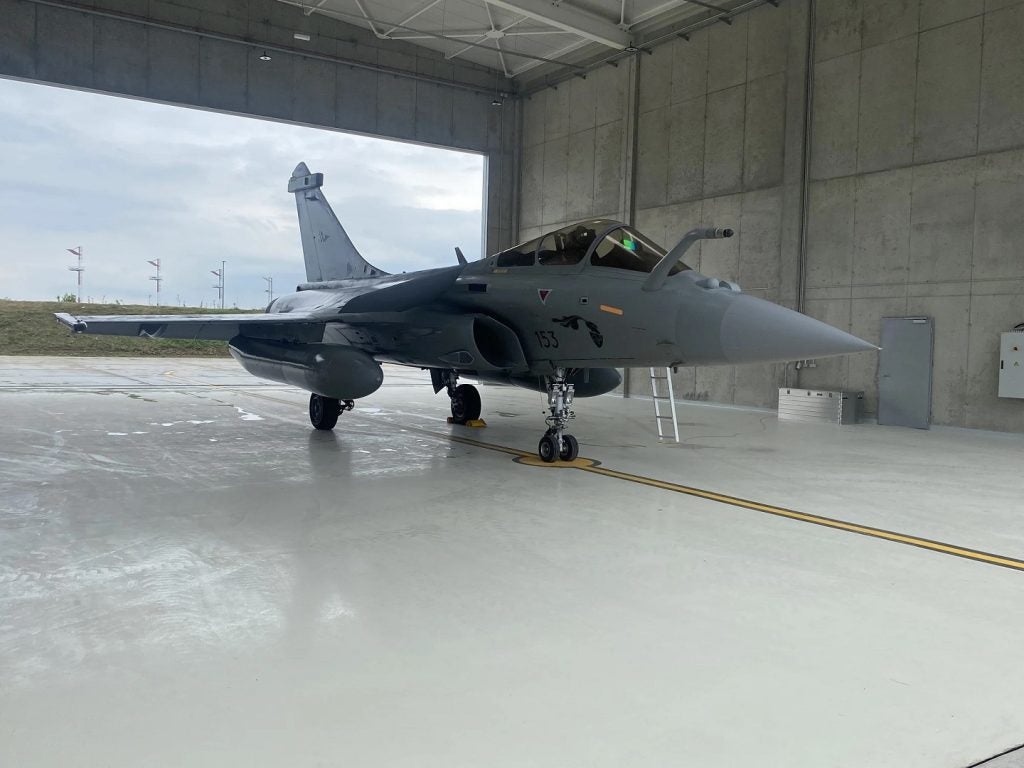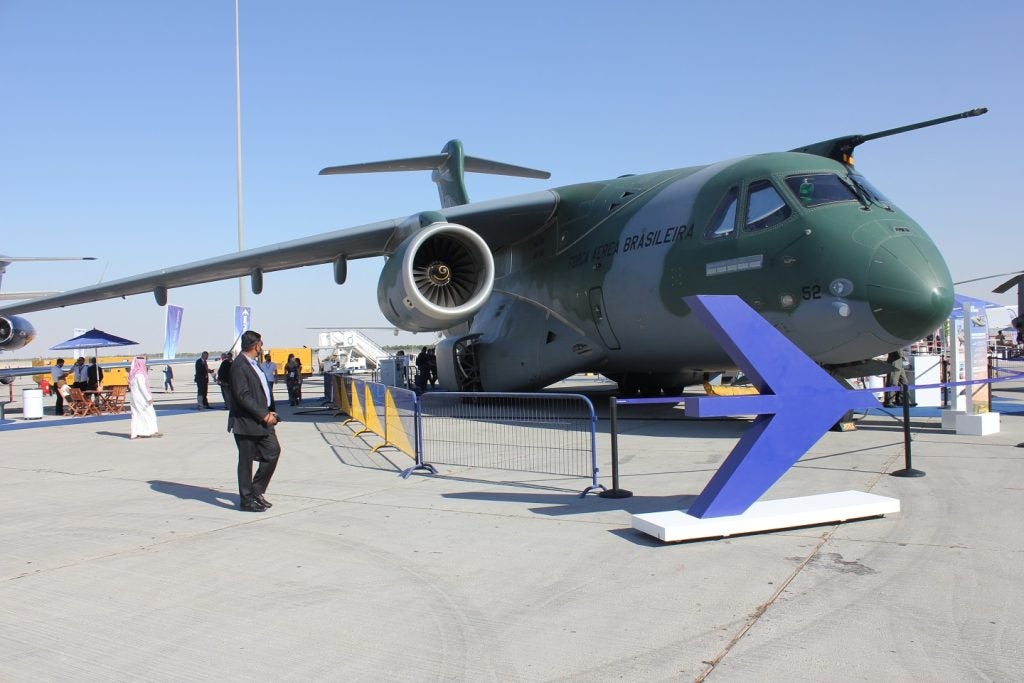Lockheed’s fifth-generation F-35B Lightning II aircraft has successfully performed its first short take-off and vertical landing (STOVL) propulsion system in-flight test.
The F-35B Lightning II aircraft possesses advanced stealth, supersonic speed, high agility, and has network-enabled and advanced sustainment capabilities.
Powered by a single Pratt & Whitney F135 engine, the F-35B will be employed by the UK Royal Air Force and Royal Navy, as well as the Italian Air Force and Navy.
The short take-off and vertical landing capabilities of the F-35B will help allied forces to conduct operations from small ships and unprepared fields.
Derived from a common design, the three variants of the F-35 will be developed together, using the same sustainment infrastructure to bring down its cost of production.
See Also:
The STOVL propulsion system, engaged for a total of 14 minutes during the flight, is the first in a series of planned STOVL-mode flights to will include short take-offs, hovers and vertical landings.
How well do you really know your competitors?
Access the most comprehensive Company Profiles on the market, powered by GlobalData. Save hours of research. Gain competitive edge.

Thank you!
Your download email will arrive shortly
Not ready to buy yet? Download a free sample
We are confident about the unique quality of our Company Profiles. However, we want you to make the most beneficial decision for your business, so we offer a free sample that you can download by submitting the below form
By GlobalDataDuring the test, the F-35 was taken to 5,000ft, where it engaged the shaft-driven LiftFan propulsion system at 210kt (288mph).
After this, the F-35 slowed to 180kt (207mph) with the system engaged before accelerating to 210kt and converting back to conventional flight mode.
The F-35B will also replace US Marine Corps AV-8B STOVL fighters, F/A-18 strike fighters and EA-6B electronic attack aircraft.







